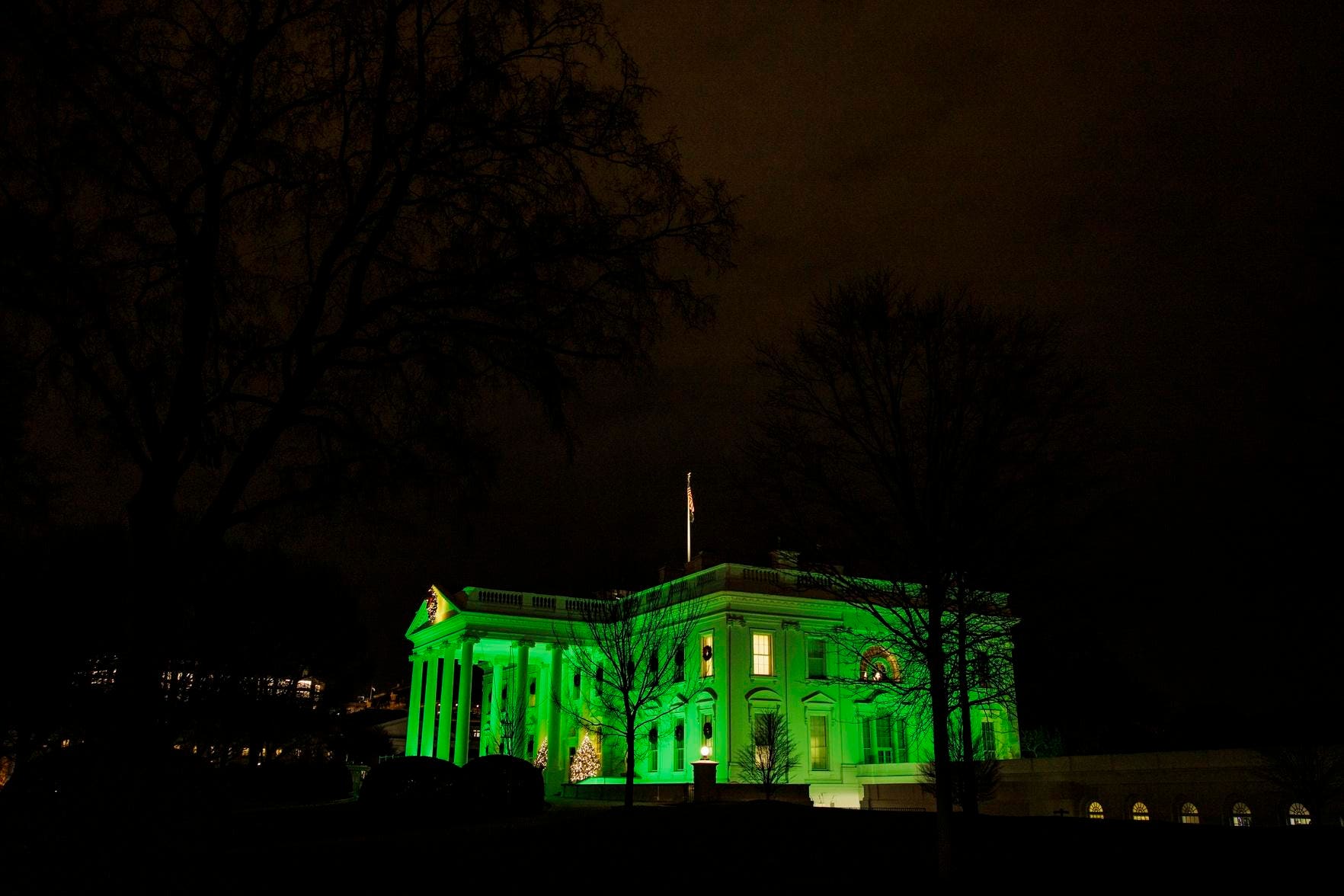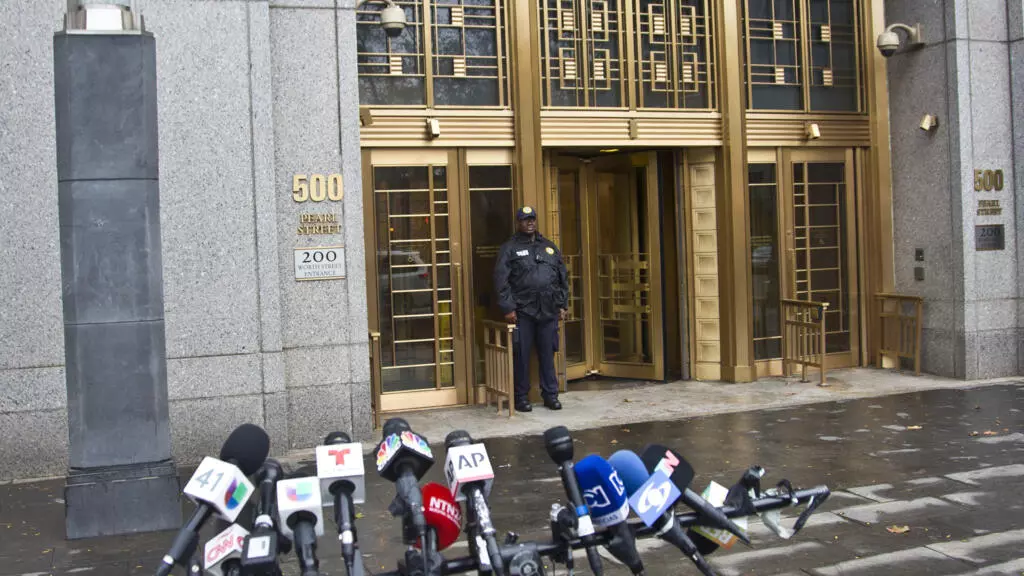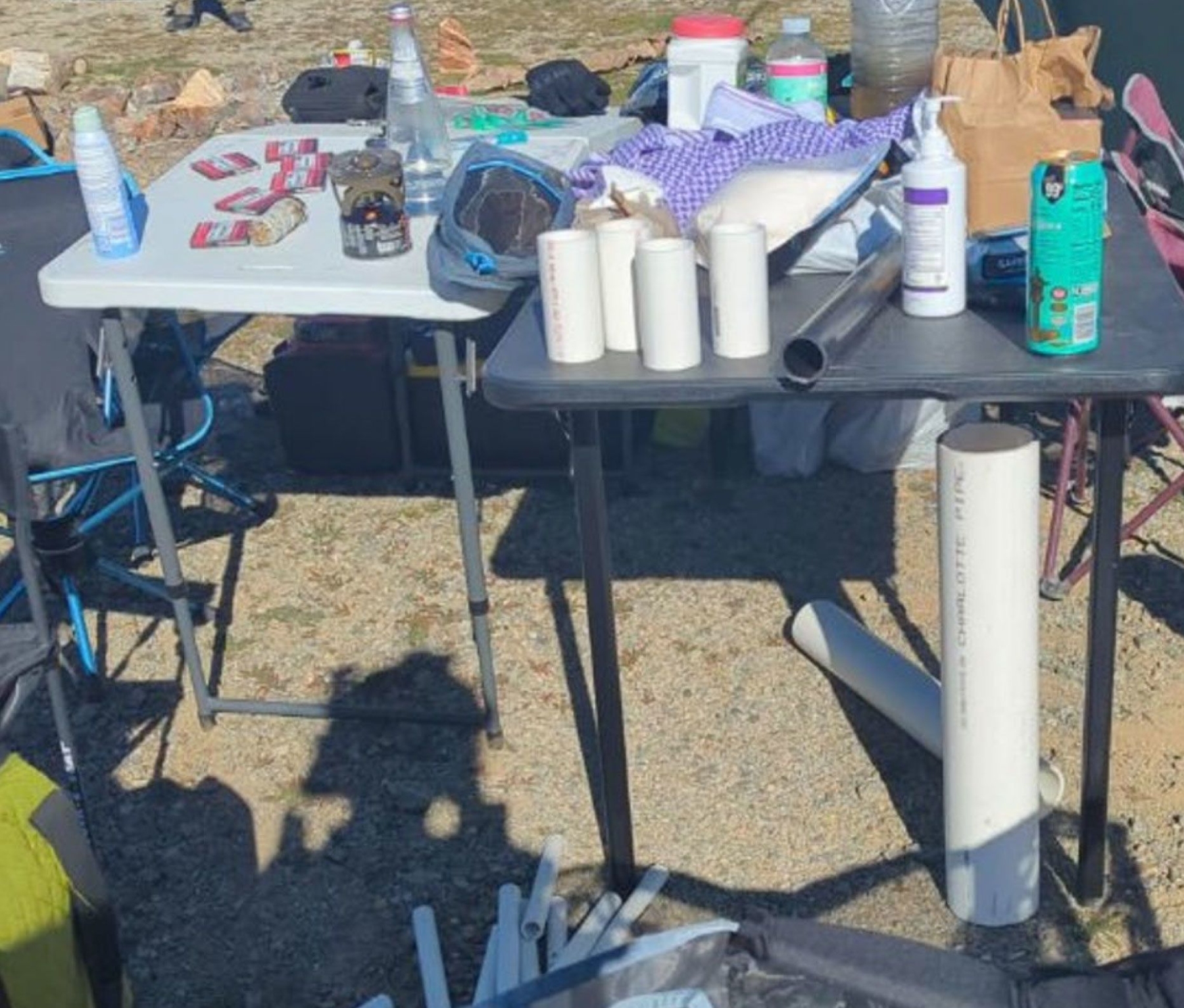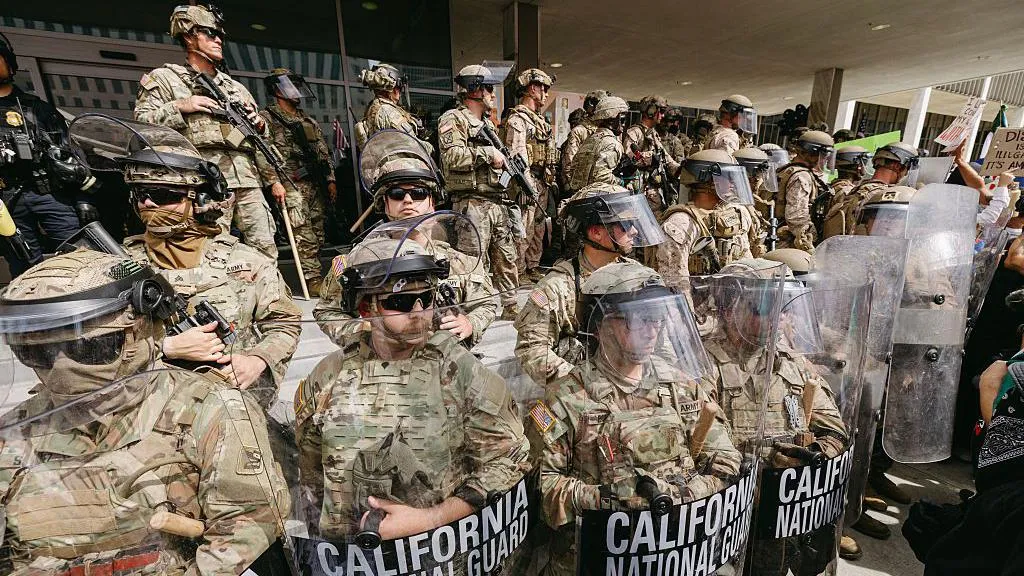
This article is more than
6 year old'This may not be your typical blizzard': 200M of us face weather mess of snow, heavy rain, wind and flooding
STORY HIGHLIGHTS
- Travel will become difficult, dangerous and nearly impossible.
- Minneapolis/St. Paul is the biggest metro area in the path of the storm.
- Tornadoes possible, too.
Brace yourself, America, a storm cranking up in the western U.S. is forecast to roar into the central and eastern U.S. over the next couple of days, slamming up to 200 million of us with a miserable menu of heavy snow, drenching rains and flooding.
Parts of the northern Plains and Upper Midwest could see over two feet of snow from the slow-moving weather behemoth. On Wednesday, portions of the region could see wind gusts of up to 70 mph thrown into the wintry mix.
Blizzard warnings have been posted in parts of Colorado, Wyoming, Nebraska, South Dakota and Minnesota; Almost 4 million people live where blizzard warnings are in effect.
This includes the Denver metro area, where up to 7 inches of snow is forecast.
"Heavy snow and strong winds will produce life-threatening travel conditions in parts of the Plains and Upper Midwest," the National Weather Service warned. "The heavy wet snow may also lead to power outages."

AccuWeather meteorologist Alex Sosnowski said "this may not be your typical blizzard with dry, powdery snow for the Plains and Upper Midwest. (It) may be more of a plastering effect with heavy, wet snow that is difficult to shovel and plow."
Start the day smarter: Get USA TODAY's Daily Briefing in your inbox
The storm will blast through the Rockies before rolling into parts of South Dakota, Nebraska, Minnesota, Wisconsin and the upper peninsula of Michigan, AccuWeather said. Minneapolis can look forward to up to a foot of snow and sleet through Thursday and into Friday, forecasters said.
Snowfall in the Twin Cities in April isn't unheard of: The area got 13.8 inches on a single day in April 1983. Mayor Jacob Frey joked about the weather, tweeting out a photo of the snowy forecast, adding: "Me selling Minneapolis: This is a great city, and our winters really aren't that crazy. The universe: Have fun with that sales pitch!"
Minneapolis/St. Paul could see one of its top 10 biggest April snowstorms if it picks up more than 7.6 inches Wednesday night through early Friday, according to the Weather Channel.
The network has named the storm Winter Storm Wesley. No other private forecasting company, nor the National Weather Service, uses this name.
Me selling Minneapolis: This is a great city, and our winters really aren't that crazy.
— Jacob Frey (@Jacob_Frey) April 8, 2019
The universe: Have fun with that sales pitch! pic.twitter.com/1GuSl57kCl
Wild temperature drops will bring weather whiplash: After a high near 80 degrees Tuesday in Denver, the low late Wednesday will be in the 20s with wind chills in the teens.
Following the storm, the melted snow will only exacerbate the flood threat across the north-central U.S. over the next few weeks.
Severe weather, including the chance for tornadoes, is possible later in the week. The greatest risk for severe weather will be in southern Nebraska and northern Kansas on Wednesday and in Illinois and Indiana on Thursday, the Storm Prediction Center said. The storm threat Friday will shift toward the East.
And even though New Mexico and western Texas will miss out on the snow, howling winds gusting as high as 90 mph will create a high risk of wildfires on Wednesday.
Meanwhile, storms moving through the Northeast will pound part of New England with heavy, wet snow Tuesday and Wednesday, AccuWeather said.
The late-season snow in Vermont and New Hampshire will be a boon for the ski industry but also will add to the snowpack that will be melting soon. That increases the potential for flooding in a few weeks, AccuWeather warned.
In Oregon, rain, flooding and snowmelt brought havoc to the central Willamette Valley. Flooding closed some schools and forced officials to release water from dams as record-breaking rain combined with melting mountain snow.
The National Weather Service issued flood watches and warnings for several counties after 2.34 inches of rain fell in Eugene on Sunday, setting a record. Rain continued Monday across much of the region.
Contributing: The Associated Press




